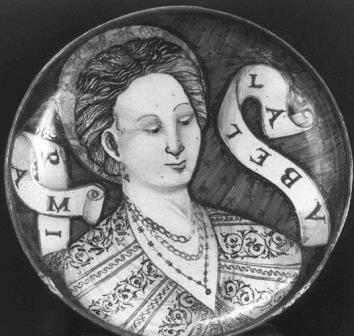Recommendation
Please note this is an unauthorized translation of the original Dutch text
of the recommendation “Advies inzake Gutmann (NK 615) IV-B (zaaknummer RC 1.115-B)”
(case number RC 1.115-B [1] )
In a letter dated 9 November 2009, the Minister for Education, Culture and Science (hereafter referred to as: the Minister) requested the Restitutions Committee (hereafter referred to as: the Committee) to issue a recommendation concerning the application for restitution dated 24 February 2009 submitted by N.P., F.F., M.M., C.E.G. and N.M.G. as parties entitled to the estate of Herbert Gutmann (hereafter referred to as: applicants I). Subsequently, on 6 September 2011, the Minister requested the Committee to issue a recommendation on the application for restitution dated 11 August 2011 submitted by S.G., also on behalf of N.G. and L.V.C.-G. as parties entitled to the estate of Fritz Gutmann (hereafter referred to as: applicants II). Both requests for restitution concern the work of art that is part of the Netherlands Art Property Collection (hereafter referred to as: the NK collection) under inventory number NK 615 and is currently in the depot of the Netherlands Cultural Heritage Agency (RCE). NK 615 is what is known as a Gubbio dish of glazed earthenware with polychrome decorations with the bust of a woman inscribed ‘Maria Bella’ (Gubbio, c. 1530) by an unknown artist.
[1] Previous recommendations by the Committee regarding the Gutmann collection are: RC 1.2, RC 1.113, RC 1.114-A, RC 1.114-B and RC 1.115-A
